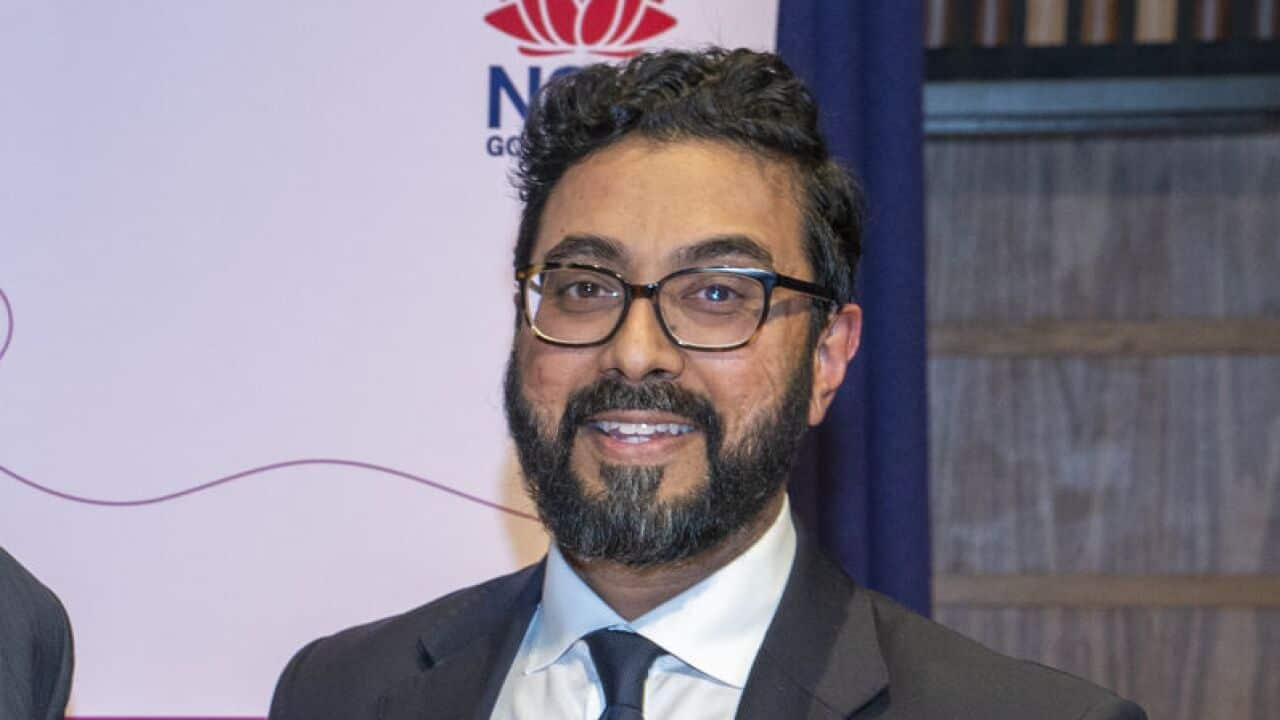After losing her legs and partial use of her right arm in Iraq, Senator Tammy Duckworth became the first woman with disability elected to US Congress in 2013.
She’s now one of 14 members of the two chambers of Congress — the House of Representatives and the Senate — who identify as living with disability.
While 26 per cent of Americans identify as living with disability, around 2.6 per cent of the country’s federal politicians do.
They are not the only under-represented group among America’s elected representatives.
Why representation matters
From racial and gender gaps to the under-representation of youth and people with disability in Congress, demographic data is key when evaluating which communities and issues are likely to be prioritised by the membership of one of the most powerful political institutions in the world.
Two of the most significant gaps in Congress’s representation are age and racial diversity.
The makeup of US Congress is out of step with the general population in a few key demographics. Source: SBS News
The average age of Congressional members is 58 in the House of Representatives and 64 years in the Senate — despite the US median age being 39 years old.
When it comes to race, about 14 per cent of Americans identify as Black, yet only 12 per cent of Congressional members do.
The average age of members of the US House of Representatives is 19 years older than the median for the general population, while the average for the Senate is 25 years older. Source: SBS News
The disparity is even greater for Hispanic or Latinx Americans, who make up around 19 per cent of the US population but only 11 per cent of Congress.
Asian Americans, meanwhile, represent 7 per cent of the population but only 4 per cent of Congress, and Native Americans account for less than 1 per cent despite being nearly 3 per cent of the population.
Nancy Diaz is an American citizen and a queer woman of colour who specialises as a trauma-informed therapist working with womxn who are daughters of immigrants. (Womxn is a trans-inclusive term for people who identify as female).
I have seen firsthand the impact of political representation on marginalised communities.
Nancy Diaz, trauma-informed therapist
Diaz says the larger the gap in representation, the higher the risk of critical perspectives being left out of the legislative process. But she also believes that the actions of those who do represent marginalised communities are imperative for making meaningful change.
“Seeing a representation gap in Congress is disheartening. Many Americans with marginalised and ‘othered’ identities are not only disappointed by the lack of representation but also by the actions of those who do represent us,” Diaz says.
“Take Kamala Harris, for example: when she became vice president four years ago, we were all excited and hopeful. Seeing a mixed-race woman of colour, the daughter of immigrants, in such a high position was a beautiful thing.
“However, we have seen her turn a blind eye to the genocide in Palestine and leave our trans community out in the cold.”
and in recent interviews, but critics argue she hasn’t proposed anything beyond the long-standing US policy.
The gender gap
Currently, only 2 per cent of Congressional members identify as being openly LGBTIQ+, despite estimates suggesting that approximately 7.1 per cent of the US population belongs to this community.
When it comes to gender, 28 per cent of Congress is made up of women, despite accounting for slightly more than half the population (50.5 per cent).
The disparity raises questions about the ability of Congress to reflect the needs of its constituents.
What does this mean for Australia?
Because Australia is a key ally to the US, .
A Congress that reflects diverse interests could lead to renegotiations of trade agreements, such as the Australia-United States Free Trade Agreement, and shifts in foreign policy priorities could strengthen diplomatic ties, aligning Australia’s strategies with global issues, such as climate action.
The power of representation
While there have been gains in the diversification of Congress, the relationship between those gains and meaningful and effective policymaking remains complex.
Clare Wright, professor of history and public engagement at La Trobe University, has studied democracy in a historical context in Australia.
“If democracy is government for the people by the people, the history of democracy or democratic protest movements has been about expanding the notion of who the people actually are.
“When we look at history, people who have had the greatest amounts of representation are fighting for their sense of entitlement to keep it — usually against people who they will, in one way or another, demonise in order to suggest that they’re not similarly entitled or have the merit to warrant that representation.
“Democracy needs to be policed because nobody likes to give up power. Anybody who has power is always struggling to keep it.”
Note: A previous version of this story incorrectly stated that Senator Tammy Duckworth was the only member of Congress with disability.














